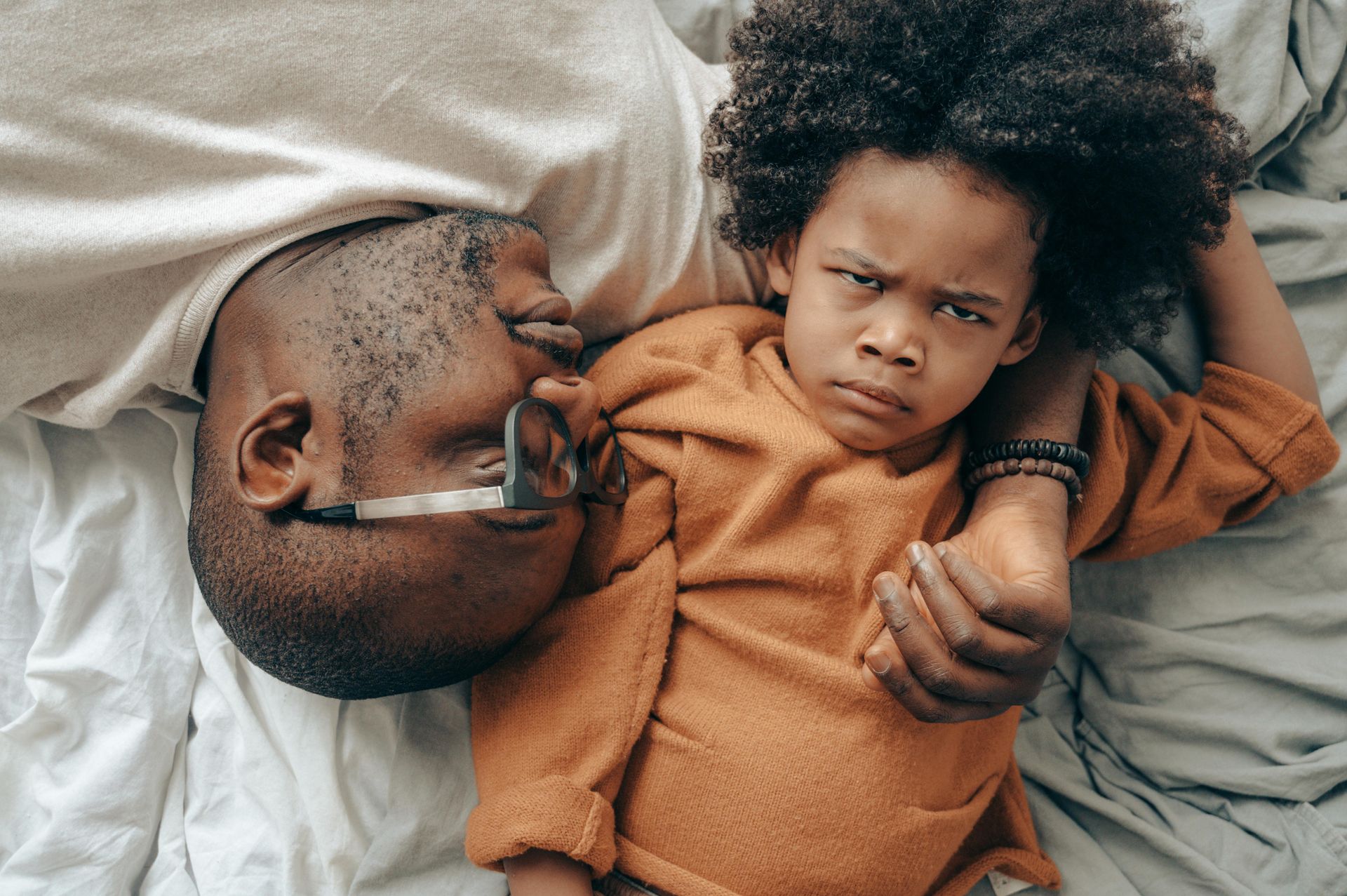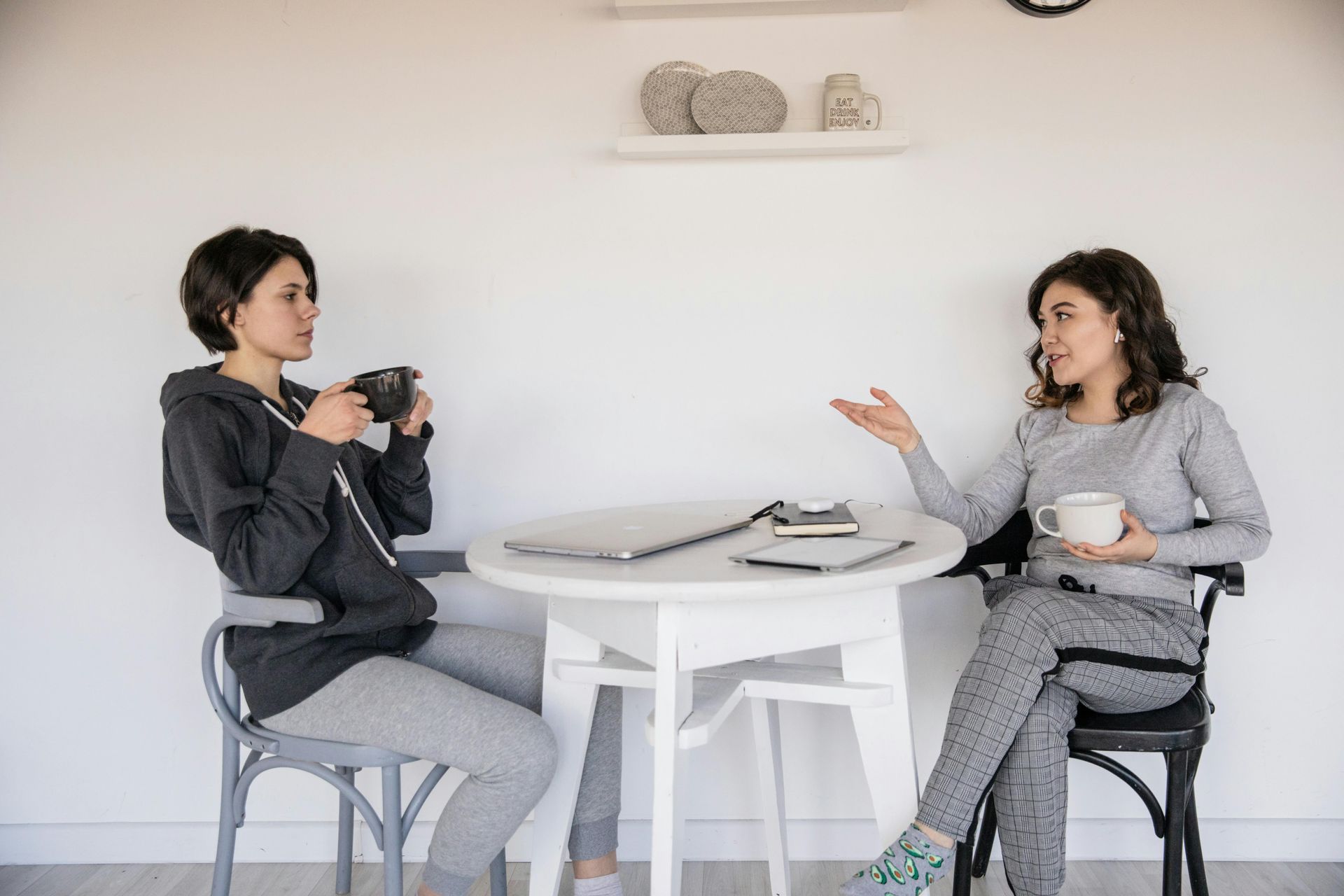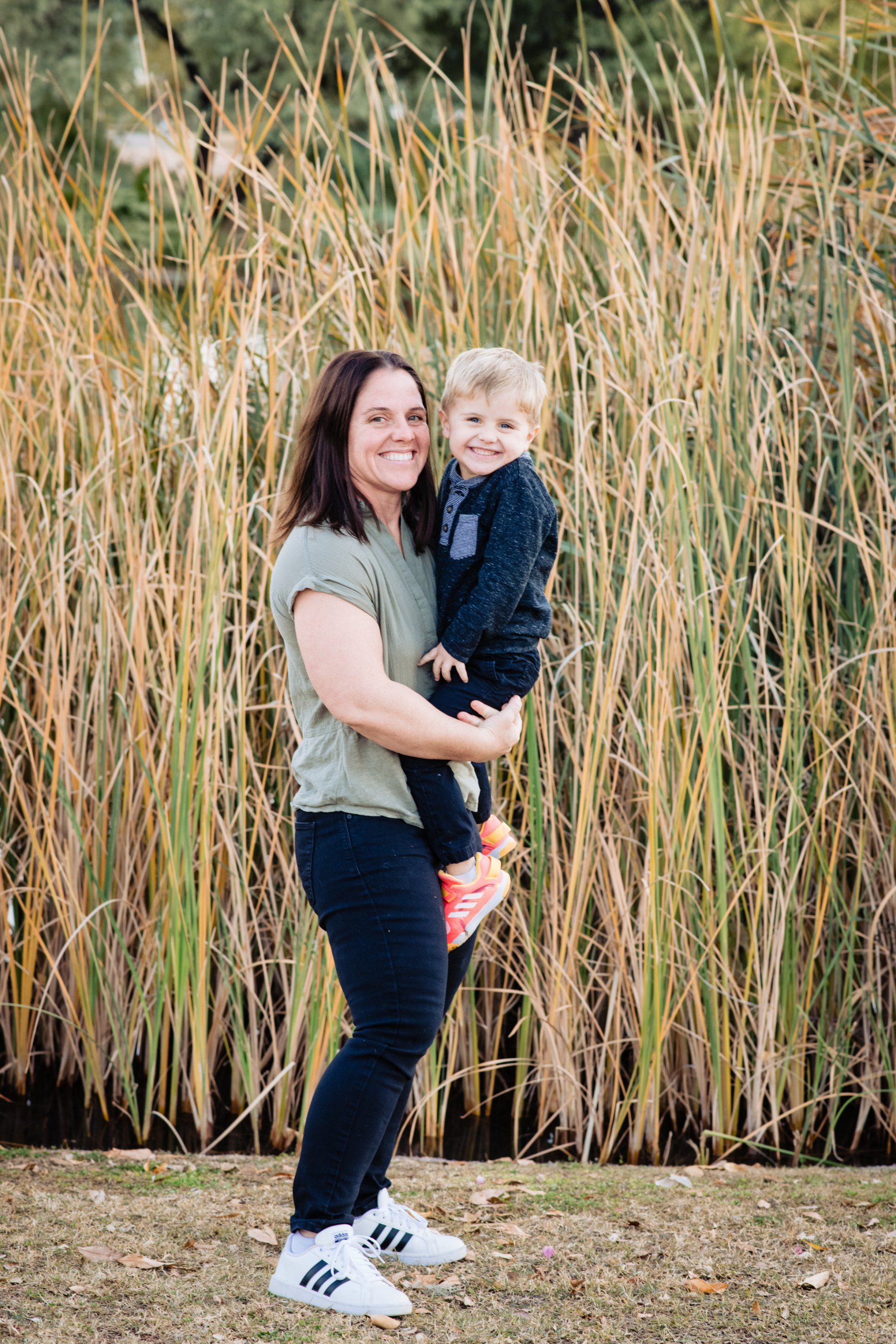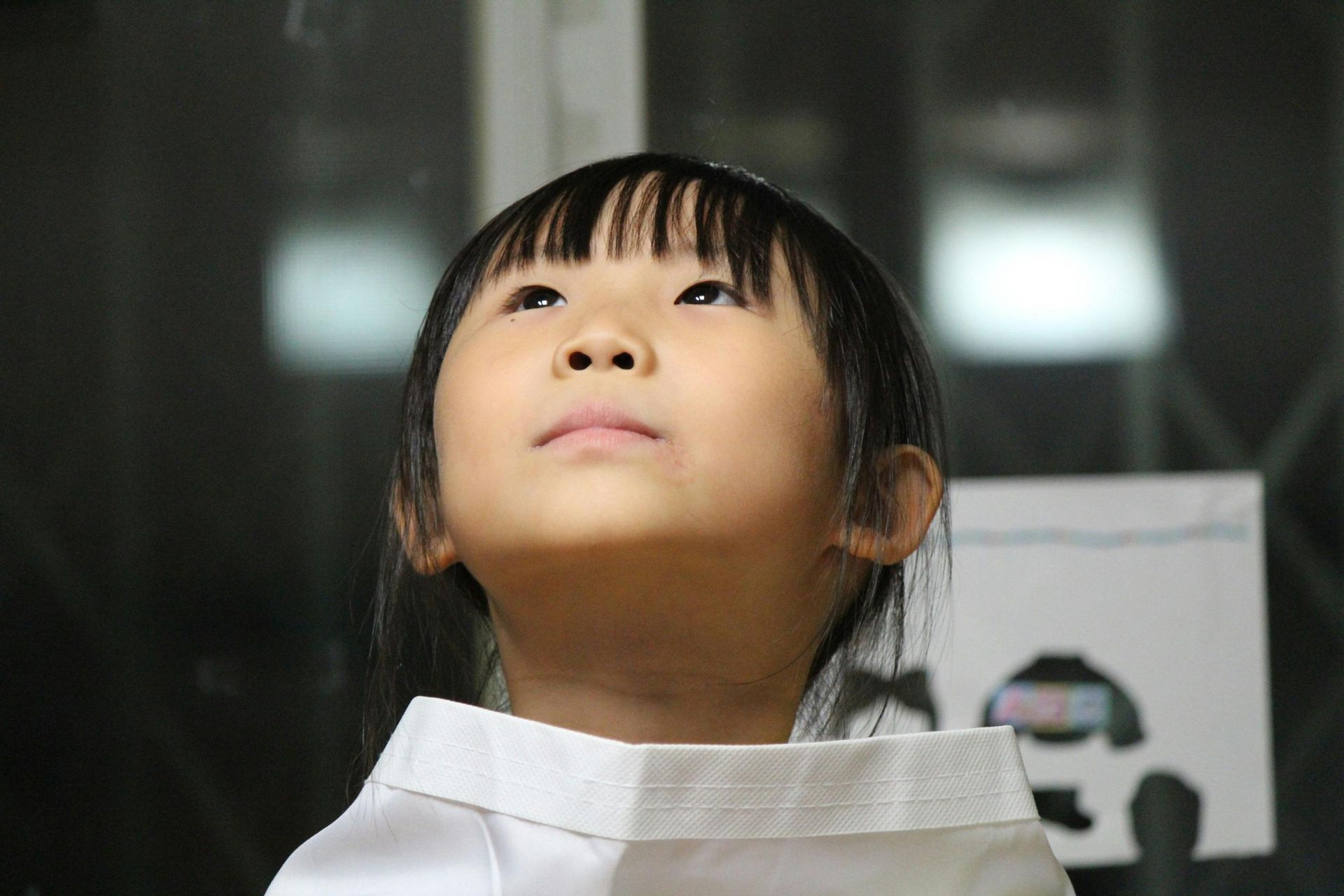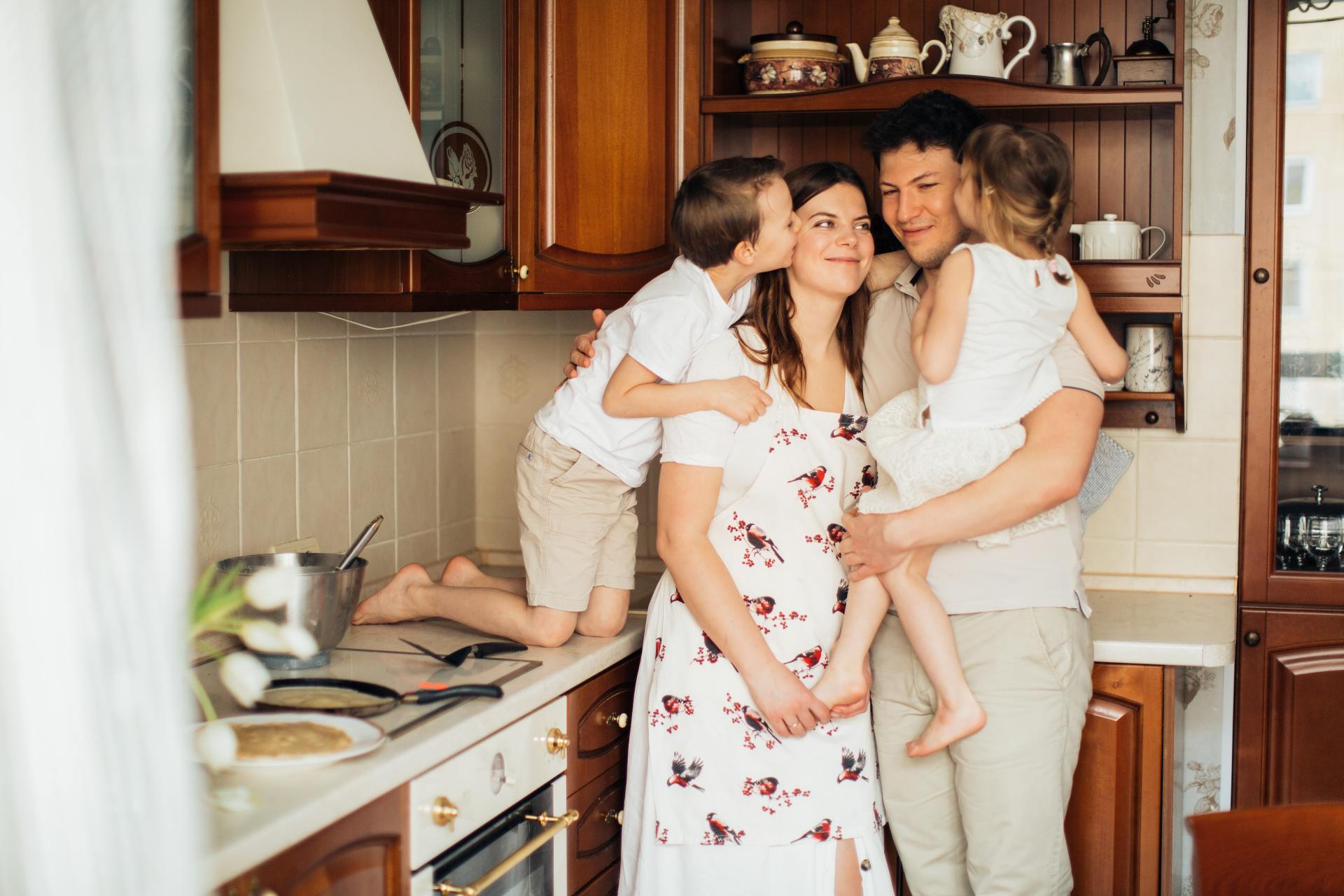CO-REGULATION COMES FIRST
The Truth About Self-Regulation
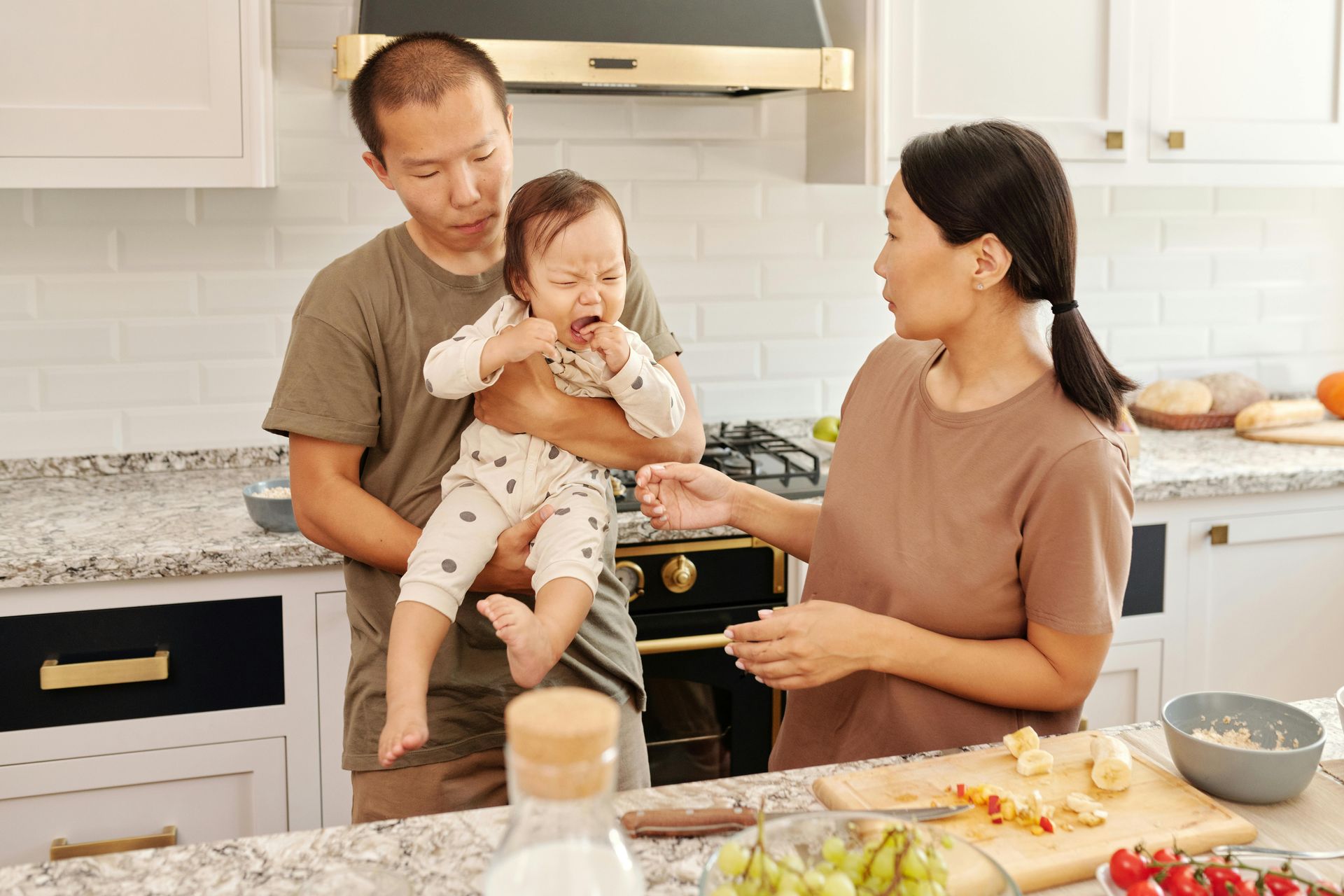
One of the most common misunderstandings in parenting is the belief that children should be able to calm themselves down on their own. We say things like, “Go to your room until you can behave,” or “Come back when you’re calm.” The intention behind these statements is rooted in wanting our child to be able to calm down on their own. We want to help children learn self-regulation. But the strategy misses the mark. Children do not learn to regulate by being left alone in big emotions. They learn by being supported through those emotions again and again. They learn by way of co-regulation first!
The Truth About Self-Regulation
Self-regulation is not something children can do simply because we expect it. It is a skill built slowly over time, and the foundation is co-regulation. Children learn to calm down because we stay calm with them. When we leave them alone in distress, they might become quiet, but quiet does not mean regulated. Often, they are suppressing feelings, disconnecting, or shutting down to gain our approval or to avoid rejection. That is not emotional growth. It is survival. True regulation is not learned in isolation. It is learned in relationship.
What Is Co-Regulation?
Co-regulation is the process of a calm, regulated adult staying present with a child while they are experiencing strong emotions. This is how children learn that emotions are safe, how they borrow our calm before they can find their own, and how they slowly build an internal foundation for emotional self-awareness and control. When we co-regulate consistently, they begin to internalize the process. They learn how to soothe themselves not because we pushed them away, but because we stayed close and modeled how.
Why Self-Regulation Cannot Come First
If a child is melting down, dysregulated, or overwhelmed, expecting them to self-regulate without support is like throwing someone into the deep end before you have taught them how to swim. At first, they need us in the water with them, steadying, modeling, and keeping them safe until they slowly gain the skills to swim on their own. Co-regulation is that steady presence. It is how children learn that they are not drowning in their emotions, and how they come to trust that, with time and practice, they can keep themselves afloat.
What looks like defiance or disrespect is often a nervous system in overdrive. In those moments, we do not withdraw support, we lean in. We do not isolate them, we stay close. We do not demand emotional maturity they do not yet have. Instead, we model it.
Five Ways to Build Self-Regulation Through Co-Regulation
1. Stay present. Your calm presence is the most powerful tool you have. You do not need to fix or solve, just stay. Sit beside them. Breathe with them. Let them know they are not alone in this.
2. Validate feelings without fixing. You can say, “I see you’re having a really hard time right now.” This does not mean you agree with the behavior. It means you recognize the emotion underneath it and you are willing to stay connected through it.
3. Model regulation yourself. Take slow breaths. Lower your voice. Use grounding techniques. Let your body show them what calm feels like. When they are ready, they will match it.
4. Teach tools gently over time. Offer simple skills like naming the emotion, squeezing a pillow, blowing out pretend birthday candles, or placing a hand on the heart and breathing. Do not expect mastery in the moment. These are seeds planted that take root gradually.
5. Connect first and correct later. Instead of saying, “Go cool off,” you might say, “Let’s take a break together. I’ll be with you while you calm down.” Teaching and correction can happen later. In the moment, they need to feel safe.
What This Teaches Your Child
When we support instead of isolate, children learn that emotions are not dangerous. They learn that they are not alone in their hardest moments. They discover that calm is something that can be shared, felt, and practiced.
Eventually, they begin to say things like, “I need a minute,” or “I’m really mad but I don’t want to yell,” or “Can you sit with me for a second?” That is true self-regulation, born not from time-outs and withdrawal, but from connection and repeated experience.
Your child will not learn emotional strength by being left alone in their struggles. They will learn it by sitting next to your strength until it becomes their own. This is how we raise emotionally intelligent children: by being the calm that they cannot yet access on their own. That is not coddling. That is leadership.
Reflection Questions
- When I was a child, how were my big emotions handled? Was I sent away or supported?
- How do I personally regulate when I feel overwhelmed?
- Am I expecting more emotional maturity from my child than I have practiced myself?
- What would change in my home if I saw emotional dysregulation as an invitation for connection instead of something to control?


